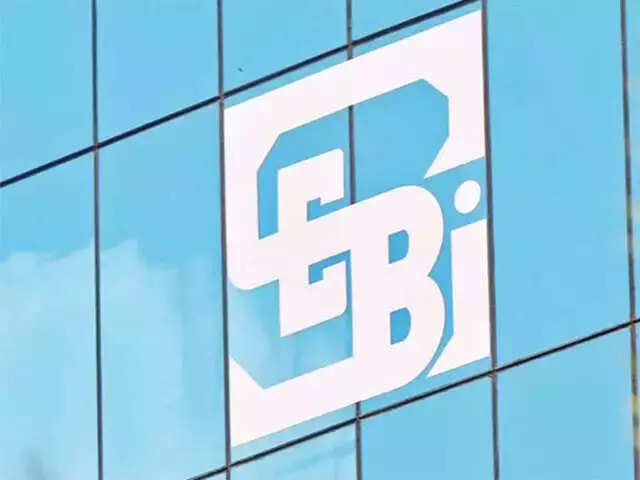MindTree
The company’s QoQ revenue increase was 10.02 percent, the greatest in the prior three years. Only 2.3 percent of trading sessions in the last 14 years had intraday gains of more than 5%. The stock returned 300.83 percent over three years, compared to 55.03 percent for the Nifty 100.
Over a three-year period, the stock returned 300.83 percent, while the Nifty IT provided investors a 123.58 percent return. MindTree Ltd. has declared an equity dividend of Rs 25.00 per share in the last 12 months.
Tata Consultancy Services
The TCS stock returned 83.67 percent over three years, compared to 55.03 percent for the Nifty 100 index. Over a three-year period, the stock returned 83.67 percent, while the Nifty IT delivered investors a 123.58 percent return.
The promoters own 72.19 percent of the company. The stock’s PE ratio is 41.46, indicating that it is overvalued. However, the ROCE for the previous year was 56.24 percent, which is quite impressive. TCS’s sales increased by 3.55 percent last year, but by 11.78 percent during the previous three years.
L&T Technology Services
Larsen & Toubro Technology Services, is a subsidiary that provides engineering services. Artificial Intelligence, Digital Factory, 5G, and other disruptive technology areas are among the company’s specialties.
It caters to customers all over the world. In the year 2016, the company became public. Over the last three years, sales and profit have grown by 12.28 percent and 11.21 percent, respectively. The return on investment (ROI) is 22.84 percent, which is significantly greater than its peers. However, the company has a high PE ratio of 50.38, which is unfavourable because it implies that the stock is overvalued.
Infosys
Infosys, founded in 1981, is a Large Cap business in the IT Software sector with a market capitalization of Rs 731,902.59 crore. In comparison to the Nifty 100, which returned 55.03 percent over three years, the stock returned 143.65 percent. Over a three-year period, the stock returned 143.65%, while the Nifty IT provided investors a 123.58 percent return.
With a ROE of 25.16 percent, the company has a solid track record. The effective cash conversion ratio of the corporation is 110.27. With a solid Operating Margin of 28.14 percent, the company is in good shape. Infosys has a PE ratio of 38.52, which is high and expensive in comparison. Infosys has a ROA of 20.91 percent, which is a promising sign for the future. (It’s always preferable to have higher values)
Oracle Financial Services
Only 1.74 percent of trading sessions in the last 16 years had intraday drops of more than 5%. For the last five years, the company has had no debt. The company had a QoQ sales growth of 13.76 percent, which is the greatest in the recent 3 years. The stock returned 16.38 percent over three years, compared to 55.03 percent for the Nifty 100 index. Over a three-year period, the stock returned 16.38 percent, while the Nifty IT returned 123.58 percent to investors.
A solid Dividend Yield of 5.04 percent has been maintained by the company. In FY2021, the company’s ROE was 25.72 percent, which is a strong record. The effective cash conversion ratio of the corporation is 94.23. Oracle Financial Services has a PE ratio of 22.41, which is high and overvalued in comparison.
Tata Elxsi
Only 2.97 percent of trading sessions in the last 16 years had intraday drops of more than 5%. The company’s yearly sales growth rate of 11.85% surpassed its three-year CAGR of 9.19%. The company has enough cash on hand to cover its contingent liabilities.
With a ROE of 29.95 percent, the company has a strong track record. The effective cash conversion ratio of the corporation is 118.82. With a solid Operating Margin of 28.67 percent, the company is in good shape. Tata Elxsi’s PE ratio is 85.71, which is excessive and overvalued in comparison.
Sasken Technologies
Sasken Technologies Ltd., founded in 1989, is a Small Cap business in the IT Software sector with a market capitalization of Rs 2,064.60 crore. Since the last five years, the company has had no debt. The stock returned 42.26 percent over three years, compared to 53.6 percent for the Nifty Smallcap 100. Over a three-year period, the stock returned 42.26 percent, while the Nifty IT provided investors a 123.58 percent gain.
Sasken Technologies’ PE ratio is 17.34 which is high and pricey in comparison. The ROA of Sasken Technologies is 17.13%, higher is better for future performance. Sasken Technologies has a D/E ratio of 0, indicating that the company has a low debt-to-capital ratio.
Disclaimer
The above stocks mentioned are for educational purposes only. Investing in equities poses a risk of financial losses. Investors must therefore exercise due caution. Greynium Information Technologies and the author are not liable for any losses caused as a result of decisions based on the article.

















